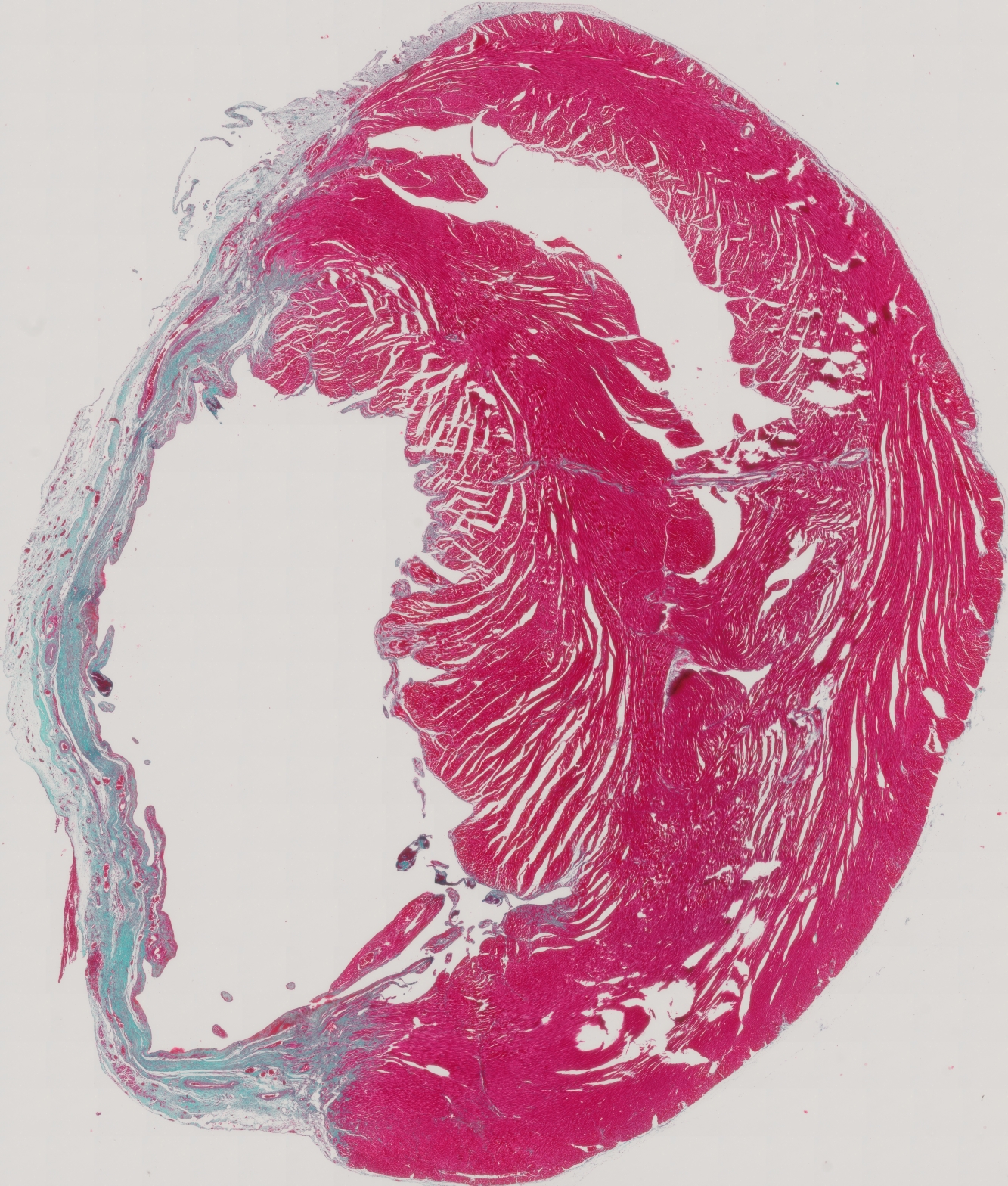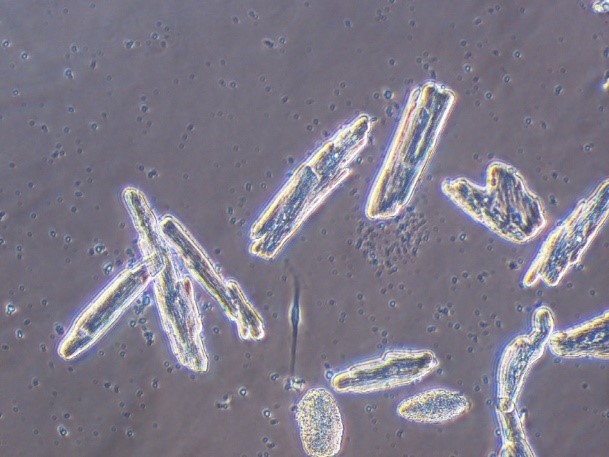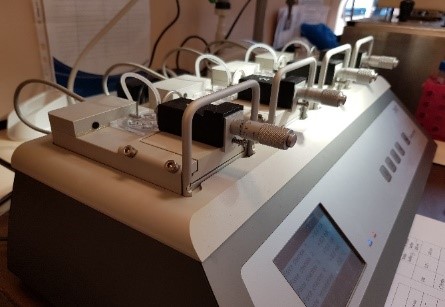- Michael Fischer — Center for Physiology and Pharmacology, Institute of Physiology, Medical University of Vienna
- Karlheinz Hilber — Department of Neurophysiology and -pharmacology, Center for Physiology and Pharmacology, Medical University of Vienna, Vienna, Austria
- Xaver Köenig — Department of Neurophysiology and -pharmacology, Center for Physiology and Pharmacology, Medical University of Vienna, Vienna, Austria
- Dietmar Abraham — Center for Anatomy and Cell Biology, Medical University Vienna
- Dimitrios Tsiantoulas — Department of Laboratory Medicine, Medical University of Vienna
- Marcus Hacker, Xiang Li — Division of Nuclear Medicine, Department of Biomedical Imaging and Image-Guided Therapy, Medical University of Vienna
- Thomas H Helbich, Joachim Friske, Thomas Wanek — Department of Biomedical Imaging and Image-Guided Therapy, Medical University of Vienna
- Ludwig Boltzmann Institute for Cardiovascular Research (Heinz Schima, Helga Bergmeister, Johann Wojta and Kurt Huber)
- David Chambers — Cardiac Surgery/Cardiac Surgical Research, The Rayne Institute (King's College London), Guy's and St Thomas' NHS Foundation Trust, St Thomas' Hospital, London, UK
- Stefan Chlopicki — Jagiellonian Centre for Experimental Therapeutics (JCET), Jagiellonian University, Medical College
- Zoltan Papp, Attila Tóth — Division of Clinical Physiology, Department of Cardiology, Faculty of Medicine, University of Debrecen, Hungary
- Francesco Paneni — University of Zurich Center for Molecular Cardiology
- Anna Marsano — Departments of Biomedicine and Surgery, University Basel and University Hospital Basel, Switzerland
- Zoltan Jakus, György Nádasy — Department of Physiology, Semmelweis University School of Medicine, Budapest, Hungary
- Florence Pinet — Univ. Lille, Inserm, CHU Lille, Institut Pasteur de Lille, U1167 - RID-AGE-Facteurs de Risque et Déterminants Moléculaires des Maladies Liées au Vieillissement, Lille, France
- Manuel Mayr — King's British Heart Foundation Centre, King's College London, 125 Coldharbour Ln, SE5 9NU London, UK
- Márta Sárközy — Interdisciplinary Center of Excellence and MEDICS Research Group, Department of Biochemistry, Albert Szent-Györgyi Medical School, University of Szeged, Hungary.





